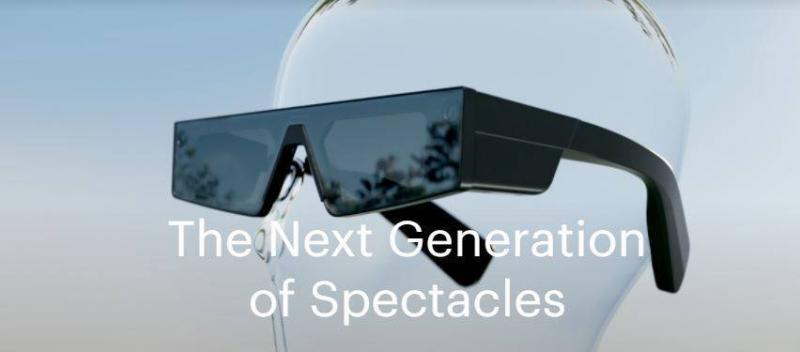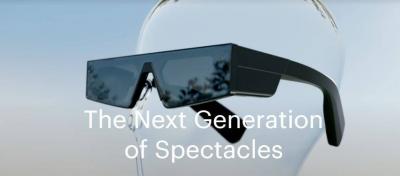This week, Snap announced the next phase of its push into augmented reality with the launch of its first fully augmented reality-supported version of the Spectacles smart glasses. Although the term "launch" may not be entirely accurate, this new and updated version of the Spectacles, capable of overlaying digital graphics onto the real world, will not be available to the public. Instead, it will be distributed to augmented reality creators, who are essentially collaborating with Snapchat to assist in the next stage of development. This announcement marks a significant advancement in the use of augmented reality and appears to put Snap a step ahead of larger players like Apple and Facebook, who are also developing their own augmented reality glasses.
For Snap, this has been in development for years, dating back to the initial launch of the Spectacles in 2016. At that time, the company also changed its description, rebranding itself as a camera company rather than a social media app. This shift seemed aimed at avoiding comparisons with Facebook or Twitter, which were facing intense scrutiny for failing to grow at a similar rate. However, the rebranding served an important purpose in realigning what Snap aimed to achieve, which had, until then, signified the advanced development of its augmented reality tools. The Spectacles are designed for this purpose; it seems the company was forced to launch its camera-equipped glasses much earlier than it could build the required augmented reality technology.
Snap has been working on this, as shortly after the initial version of the Spectacles was released, it established a new research and development facility in China, near the assembly location of the Spectacles. This allowed the company to develop its augmented reality tools in secret, away from prying eyes. A few months after releasing the Spectacles, Snap also launched World Lenses, which further indicated the next phase of augmented reality development. The company had the necessary tools to create immersive digital overlays in real-world environments, and the device was available for sale, receiving significant attention.
Snap needed to combine these two elements, but combining them turned out to be much more challenging in practice than the company seemingly anticipated. The initial version of the Spectacles ultimately failed to meet Snap's sales expectations, resulting in hundreds of thousands of unsold units. This was compounded by the rising success of Instagram Stories, which was a replicated version of Snapchat's own Stories feature, posing a real threat to the company's existence amidst rising debt and slowing user growth. It seemed the company had bet heavily on the future of augmented reality to help propel it to the next level.
This led to significant realignment within the company, which in recent years has managed to reorganize itself more broadly around a more specific and targeted use case focused on connecting with close friends and providing a more privacy-centric approach to messaging. Snap successfully redeveloped its platform, overcoming the issues left by Facebook copying its core feature, and strengthened its platform, which also saw tremendous growth when it updated its Android app in 2019.
Augmented reality has always been Snap's main strength, as Snapchat lenses were what first attracted many users to the app and still represent the main driver. Virtual reality is also a significant advancement, with great potential to create fully immersive digital worlds, and augmented reality can complement your daily life, enhancing your experience in the real world through helpful prompts and indicators, along with interactive games, graphics, and more.
We are now in the midst of the next major shift in augmented reality and Snap’s next big evolution. This is its significant opportunity to become a much larger player in the market. Snap is heavily investing in this area, having acquired FitAnalytics for its augmented reality prototyping tools, Pixel8Earth to expand augmented reality maps, and WaveOptics for augmented reality displays that are a key component of the new Spectacles. Snap is striving to make itself synonymous with augmented reality technology, and this is a big opportunity for the company as it works to turn this into a reality.
It may not seem apparent just yet, but augmented reality will soon become a common component of many of your daily interactions, and if Snap can execute this correctly, it will also play a crucial role in that process.




